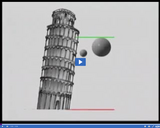
Objects of different masses fall at equal rates of acceleration.
- Subject:
- Science
- Provider:
- Utah Education Network
- Author:
- Visual Learning Company
- Date Added:
- 02/28/2010

Resources created or licensed by the Utah Education Network

Objects of different masses fall at equal rates of acceleration.
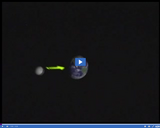
The law of universal gravitation states that all objects in the universe are attracted by the force of gravity. The law of universal gravitation is responsible for the moon remaining in orbit around Earth.
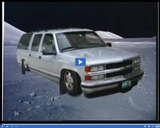
This car would weigh less on the moon than it does on Earth because the force of gravity on the moon is less than the force of gravity on Earth. However, its mass is the same.
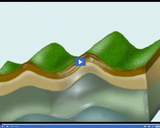
Anticline folds are created by arching rock layers. Syncline folds are downward folds of rock layers.
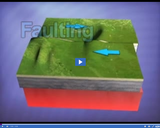
Faulting is the process by which rock layers break when placed under stress.

Folding is the process of rocks in the crust bending.
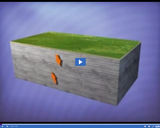
A normal fault is formed when the forces of stress cause the hanging wall to move downward relative to the foot wall.
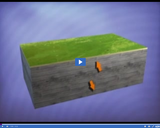
The process of compression can cause the hanging wall to move up in relation to the foot wall, forming a reverse fault.
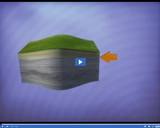
Rock compression is the process of rocks in the crust being squeezed, which often makes rocks denser and may push rocks higher or lower.
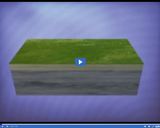
Rock shearing is the process by which rocks in the crust are twisted or torn apart.
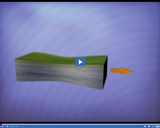
Rocks under tension can be stretched.
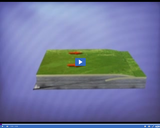
A thrust fault is formed when the hanging wall moves up and over the foot wall. Thrust faults are common in mountain ranges where intense folding is found.
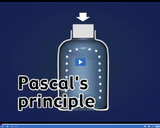
Pascal's Principle states that when a force is applied to a confined liquid, an increase in pressure is transmitted equally to all parts of the fluid.
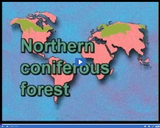
Several types of forests are highlighted on the map, including northern coniferous forests (located between 50-60 degrees latitude), temperate forests (located below 50 degrees latitude), and tropical forests (located near the equator).
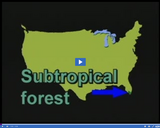
The subtropical forest is located in southern Florida, mostly in the Everglades.
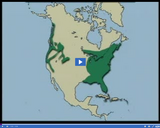
Temperate deciduous forests cover most of eastern North America below 50 degrees north latitude.
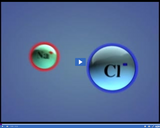
An ionic bond involves the transfer of electrons from one atom to another. Ionic bonding gets its name from the word ion. An ion is a charged atom.
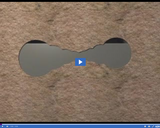
When a plant or animal is buried by sediment, it decays over time and leaves a space. A cast is formed when this space is filled by sediments or minerals that harden over time.
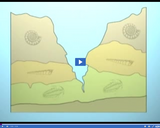
Index fossils are fossils of organisms that lived during the same general period of time. Geologists assume that layers of rock containing these organisms are close in age.
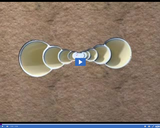
When a plant or animal is buried by sediment, it decays over time and leaves a space, referred to as a mold.